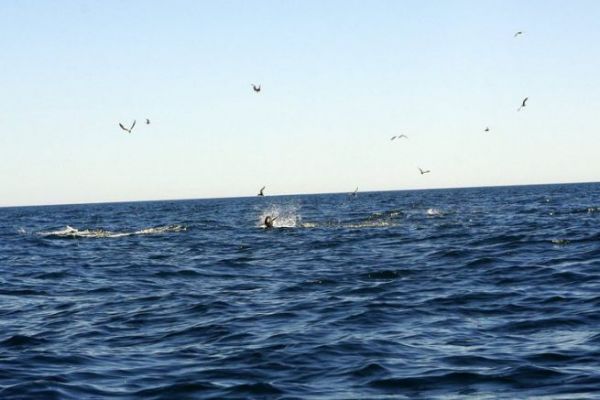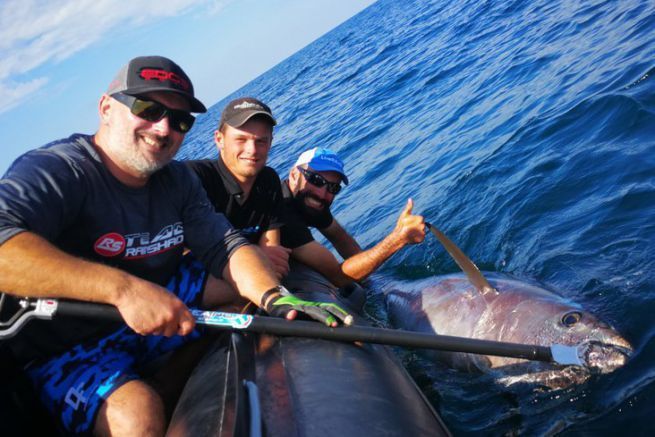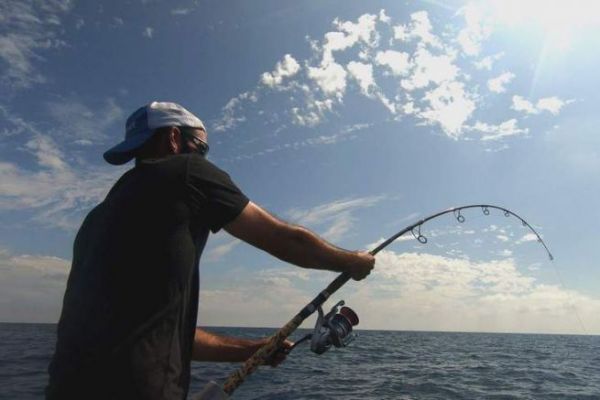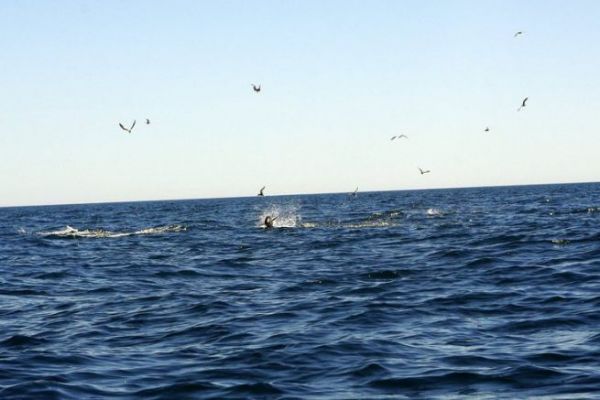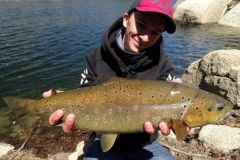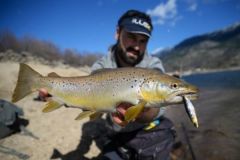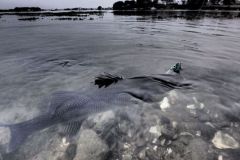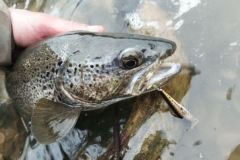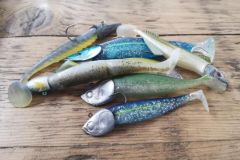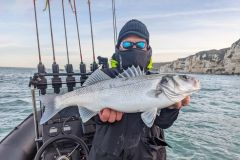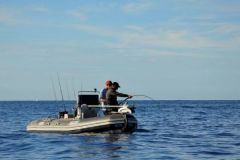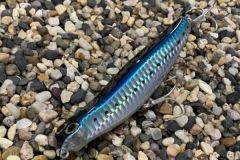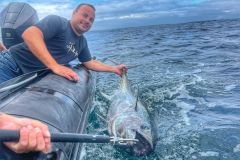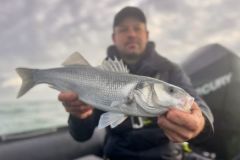The bluefin tuna lure fishing season in North Brittany starts at the beginning of August and lasts until the administrative closing date, which is around mid-October. This period corresponds to the return of spawning fish, during which they have fed little or not at all. At the start of the season, their highly aggressive behavior makes it easier to approach hunts and trigger attacks. The more the season progresses, the more difficult they become. Some would say that they get used to fishermen stalking them for more than two months.
Once you've chosen the right equipment and built up your stock of lures so let's get down to business: how do you track tuna while they're hunting?
step 1: Find your business zone.
The area in which we fish is huge, and it's hard to set out on an adventure hoping to stumble upon a random hunt.
The first thing to bear in mind, and undoubtedly the one that attracts me most to this type of fishing, is sharing. Without information, you won't succeed, or you'll find it very difficult to do so on your first few outings. What I've found is that there's a natural exchange of information about the industry at large. Of course, there may be a little mystery or bluffing involved. That's part of the game.
We regularly go out with two or three boats and stay in constant contact by phone or VHF. This enables us to cover a much larger area, and it's no doubt thanks to this that during the 2019 season, I've always managed to hook at least one fish per outing.
Having said that, even with indications of the area, it remains vast. Our best allies are the birds, an invaluable aid in this case. They are present on the vast majority of hunts and can be seen from several kilometers away by sharp eyes. If you find birds diving or pecking at the surface, there's probably something going on underneath!
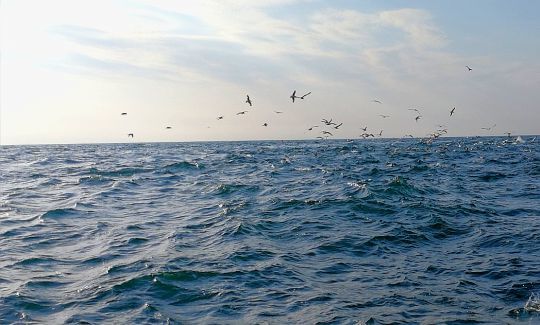
Tuna is a fish that needs a lot of food. A fortiori, they are found in the veins of currents rich in forage fish. Warm currents carry food, which inevitably attracts predators.
By looking at maps of currents, salinity and water temperature, it is possible to target areas for prospecting.
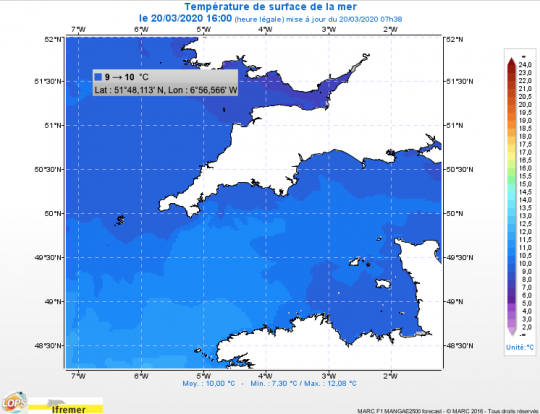
At the bottom of the page you'll find the link to the marc.ifremer.fr website I use to obtain this data.
Finally, remember that activity varies throughout the day. There are no hard and fast rules, but don't be surprised if at some point the area seems inactive. It may be triggered a few hours later.
How do you approach hunting?
Once you've spotted the hunt, you need to move in quickly, taking several parameters into account.
i distinguish 2 types of hunting:
- The first, the ones I encounter most often, are hunts of a few individuals (less than 10) that are move quite quickly in an almost constant direction. In this case, you need to anticipate the movement of the school of tuna and cast a few metres ahead, using the wind to increase the distance.
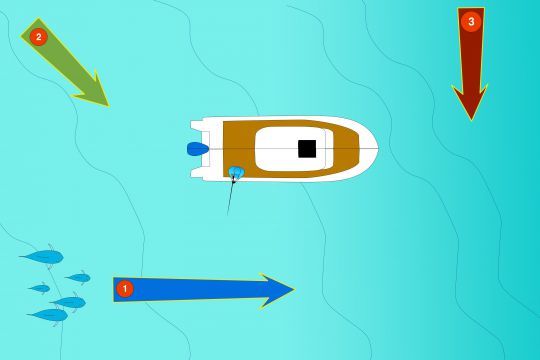
1- hunting direction
2- Current direction for boat drifting
3- wind direction to favor backwind throws
- The second type of hunting, those I call static these are often made up of large numbers of people, transforming the sea into a veritable "spa". They can last several minutes. In such cases, we tend to cast directly into the middle of the activity! However, you should be aware that in the middle of the activity, the competition is so great that your lure may go unnoticed, unlike outside where the competition is less important. This increases your chances of capture. Finally, the moment when the hunt calms down and everything comes to a halt is undoubtedly the most prolific for triggering an attack, as competition is also much less important.
On certain days, I found that the success rate was higher on a hunt with few individuals than on much larger hunts.
As you can see, it's a good idea to take several boats out to cover as large an area as possible to find the tuna hunts. The approach requires a bit of thought to optimize the chances of capture and avoid scaring the fish away. I sometimes cover more than 100 miles during an outing. Researching an area in advance via online maps helps to save time.
The next step is to present the lure correctly before managing the fight and releasing the fish in the best possible conditions.
